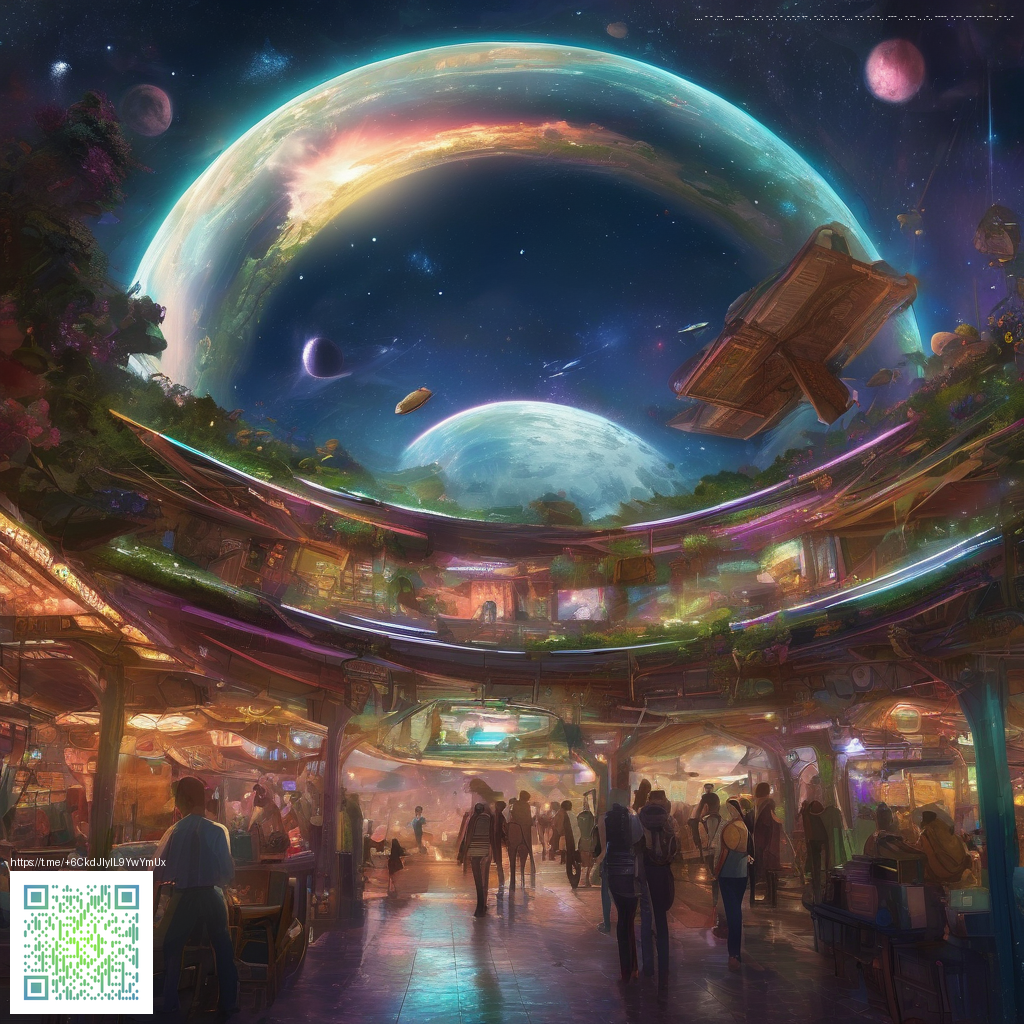
Engine Innovations fueling Smash Ultimate’s fight experience
When players gather for a heated match, they feel more than just flashy combos and loud cheers. They feel the heartbeat of a game engine designed to keep pace with chaos and precision alike. Super Smash Bros. Ultimate, a collaboration between Bandai Namco and Sora Ltd, uses a proprietary fighting game engine that has been refined to handle every punch, throw, and edge of a platforming stage with remarkable consistency. The result is a fighting game that remains approachable for newcomers while offering a surprisingly deep technical backbone for veterans who study frame data and hitboxes 💠.
From a gameplay analyst perspective, the core of the engine’s innovation rests in how it manages frame pacing and animation blending under heavy on-screen load. Smash Ultimate sustains a stable tempo in most single player and local multiplayer scenarios, and it scales its rendering pipeline to preserve visual fidelity without compromising input responsiveness. Reports from industry observers highlight a steady frame rate line when docked, with high reliability that helps keep combos and tech chases crisp even as stage geometry becomes complex. This is the kind of engineering that makes a quick aerial read feel almost premeditated rather than accidental.
“The engine’s strength is not just raw power its engineering enables timing to breathe. That timing translates to the risk reward of every edge guard and shield poke.”
Frame pacing and input responsiveness
The development team focused on reducing micro stutter and ensuring that input lag stays within the narrow window that competitive players demand. The result is a system that prioritizes consistent reactions to a player’s commands whether you are pulling off a rapid special or buffering a shield dash. The engine’s animation pipeline plays a crucial role here blending movement and hit effects so that each action feels cohesive rather than jarring. For fans of frame data the payoff is tangible, as reads and punishments align with what the player expects on screen.
Community members often point to the way the engine handles edge cases during chaotic exchanges. In one notable scenario, a character hitbox reframes mid animation to preserve connectivity, allowing for fluid transitions between moves that previously would have broken the combo structure. This kind of adaptive animation blending is a hallmark of a mature engine that has learned from countless lab sessions and tournament sets 💡.
Online multiplayer and stability
Online play remains a critical pillar for Smash Ultimate’s longevity. The engine’s networking layer emphasizes fairness and predictability to keep matches enjoyable across varying internet conditions. While not all details are public, players have praised consistent synchronization during ranked play and casual arenas alike. The engine supports robust client side prediction with server reconciliation that minimizes telegraphed latency while preserving the integrity of hit detection. In practice this translates to fewer surprising failures in clutch moments and more reliable read games when you are chasing a comeback.
Developers have also discussed ongoing updates that fine tune netcode behavior and matchmaking heuristics. The ecosystem responds quickly to player feedback with balance patches and engine level tweaks that directly impact how well the game scales in crowded tourney rooms. For the community this is a living organism a bit like a living patch that keeps the meta healthy and the competition exciting 🌑.
Asset streaming and stage complexity
One of the more subtle innovations is the way the engine streams assets to reduce load times while maintaining high fidelity on screen. Stages with dense geometry and interactive elements demand careful optimization so that every collision and pixel shader calculation happens without stutter. By carefully buffering assets and prioritizing essential data during action sequences the engine can deliver rich, responsive environments without sacrificing frame rate. In practice this means stage transitions feel smooth and layered effects behave as players expect during high octane sequences.
The modding and community scene around Smash Ultimate acknowledges these engineering feats by exploring how creators can push the edge of what the engine can render. While the core engine remains closed to full source access, fans experiment with display options, accessibility features, and custom content in ways that celebrate the underlying technology rather than circumvent it. This collaborative curiosity keeps the community inspired and continuously learning about how digital systems translate into tangible gameplay moments 💬.
Developer commentary and future directions
Official commentary from Bandai Namco and Sora Ltd emphasizes a focus on stability, polish, and readability in competitive play. Updates often highlight refinements to collision handling, hitstop feel, and the synchronization of effects with gameplay events. As the franchise evolves, expect the engine to emphasize even tighter input fidelity and more accessible tools for spectators and players to analyze matches. The ongoing cadence of patches and tuning demonstrates a healthy commitment to keeping the engine modern while preserving the distinct feel that has defined Smash Ultimate since launch.
In the end the engine innovations are a story of balance — balancing speed with precision, spectacle with clarity, and complexity with accessibility. For players who savor every frame of a high level combo or a well-timed edgeguard, the technology behind the scenes is a vital part of the experience. And as the community dives deeper into how these systems work, the conversation expands beyond win rates into the artistry of timing, spacing, and problem solving that makes the game so enduringly fun 💠.
Want to support independent tech journalism and the vision of a decentralized internet where communities own their infrastructure? Your donation helps keep this coverage thriving.
Support Decentralized Internet on Ko-fi